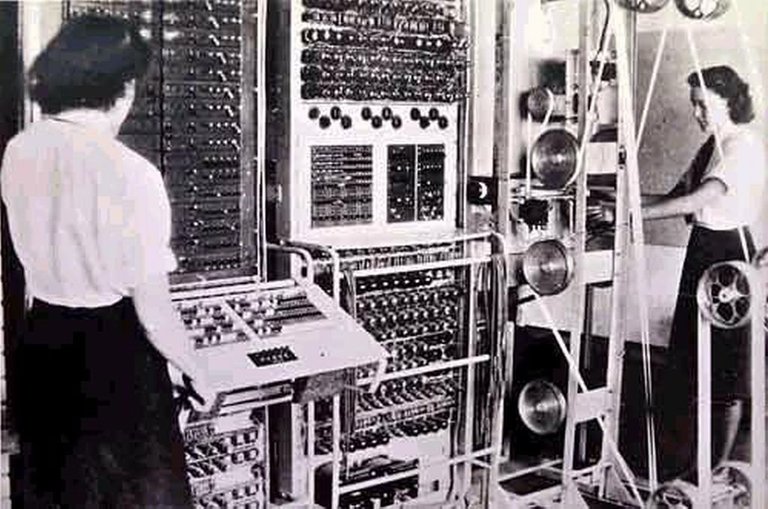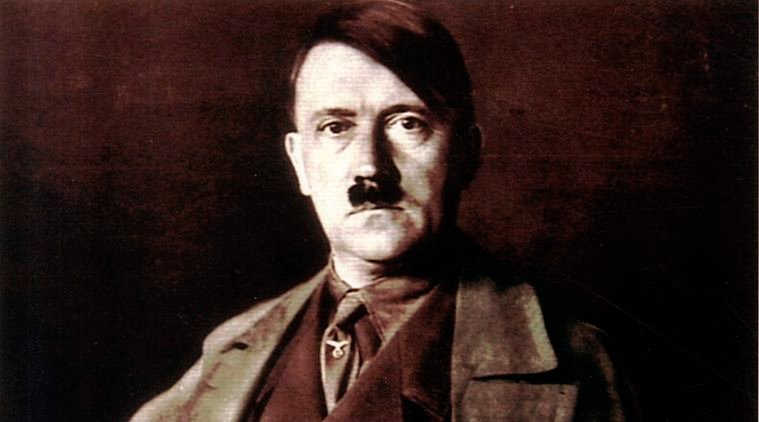
Although it has been one of the most discussed themes in modern universal history; World War II was an event that was talked about, talked about and will continue to speak for a long time. Of all the armed conflicts in the history of mankind, World War II - also known as the Great War - was the most catastrophic, bloody and heartrending of all. The conflict (1939-1945) was caused by the Germany of Adolf Hitler who, after invading Poland on September 1, 1939, had the objective of prevailing Nazi hegemony over Europe.
Initially, the United Kingdom and France declare war on Germany in response to its colonization, which was escorted by Italy and Japan.
The Soviet Union, led by Joseph Stalin, had signed a peace pact with Germany in 1939 but through Hitler's intention to invade Russia, the Soviets declared war and sided with the Allied side.
The United States had also remained neutral in the middle of the conflict, however, a large part of its fleet that was in the Pacific is attacked by Japanese troops; supposing thus the declaration of war of the Americans to Japan.
Thanks to the support of the Soviet and American fighters, the allies were able to attack Germany in several strategic points assuming the wear of German supplies and troops defeating them in Russia.
Finally Germany is defeated, Hitler commits suicide in a bunker in Berlin on April 30, 1945 forcing the Germans to cease the attacks. Japan concludes its attack in the war against the United States after the atomic bombs of the cities of Hiroshima and Nagasaki, thus signing its surrender.
Here you can find 7 curious facts that perhaps you did not know about this catastrophic confrontation:
#7 The Oscar statuette was made of painted plaste

The Oscars were made with plaster during three years of conflict due to the shortage of metal.
The statuette of the Oscar awards, an award that since 1929 was consolidated as the prize-giving par excellence of the film industry, has been regularly polished with brilliant gold, bronze, nickel or copper. However, during three years of the world conflict there was acute shortage of these metals due to the manufacture and use of weapons, which forced the award was made of painted plaster.
#6 Advances and innovation

The Colossus machines were the first electronic computing devices used by the British to read German encrypted communications during the Second World War.
In the midst of so much political and military dissidence, there was more progress in 4 years than in the previous 70. Among the most important inventions of this period are computing, nuclear energy, submarine, military combat tanks, jet engines, air navigation systems, synthetic rubber, penicillin, cellular communication, chemical gases, among other artifacts that we currently use.
#5 The "strongest" boat

The Bismarck was destroyed by the British fleet between May 26 and 27, 1941.
The battleship Bismarck, the most powerful ship in Germany and the strongest and largest of its time (considered as the pride of the seas of Adolf Hitler), was built in 5 years and was expected to withstand and cope with the allies between of a mission in the Atlantic, but only lasted 9 days at sea before being sunk by the British fleet by a 74-minute attack on May 27, 1941.
The night before the battleship was sunk, Captain Ernst Lindemann was holding, with the ship wounded, surrounded and forced to sail slowly by the irremediable breakage of his rudder, which - Nothing or nobody can sink the Bismarck. The spiritual strength of our führer will sustain it afloat and victor for all eternity ... - Less than 24 hours after this speech, the Bismarck lay at the bottom of the North Atlantic.
Some historians claimed years later that the ship was not shot down by the British but was literally sunk by the Germans themselves, who in their law decided to sink with the ship rather than surrender to the allies.
#4 First fallen

Franz Honiok was German but sympathetic to the Polish cause.
According to official records, the first death of the war was the German peasant Franz Honiok. One night before declaring war, on August 31, 1939, a group of Polish fighters, who were really German officers, killed Honiok and took his body to the outskirts of a radio station in the city of Gliwice, Poland.
After the aforementioned event, the German army had the perfect excuse to invade the next day Poland, and thus trigger the start of World War II, struggling where Hitler wanted, in addition to a conquest, the rematch after Germany fell defeated in the First War, 20 years ago.
#3 The almost third atomic bomb

In the attacks of August 6 and 9 respectively, around 120 thousand people died.
In addition to the bombs of Hiroshima (80 thousand dead) and Nagasaki (40 thousand dead), if the US government had wanted to launch a third atomic bomb on Japan, Tokyo would have been the target. However, the Japanese government surrendered before that happened, on August 15, 1945.
#2 April of coincidences

The war ended on September 2, 1945. However, five months earlier, curiously, three of the top leaders of this dissidence died. The president of the United States, Franklin Roosevelt, died at the age of 63 of a brain hemorrhage on April 12.

The Italian leader Benito Mussolini died on April 28 after being captured by the Italian resistance where his corpse was subjected to all kinds of outrages.

Finally, according to the official version, the German führer Adolf Hitler committed suicide in his bunker in Berlin on April 30 before the imminent victory of the Soviets.
#1 The soldier who refused to surrender

Hiroo Onoda, the last fighter to raise the white flag.
The Japanese surrendered on August 15, 1945 after being victims of the attacks perpetrated by the United States. in Hiroshima and Nagasaki product of atomic bombs. However, there was a Japanese soldier who refused to raise the white flag and was willing to continue fighting against the Americans. This is Hiroo Onoda, who did not surrender until 1974, after spending 29 years hiding in the Philippines. After the fact, Japan considered this soldier as a hero of the nation.
Congratulations @pk11! You received a personal award!
You can view your badges on your Steem Board and compare to others on the Steem Ranking
Do not miss the last post from @steemitboard:
Vote for @Steemitboard as a witness to get one more award and increased upvotes!